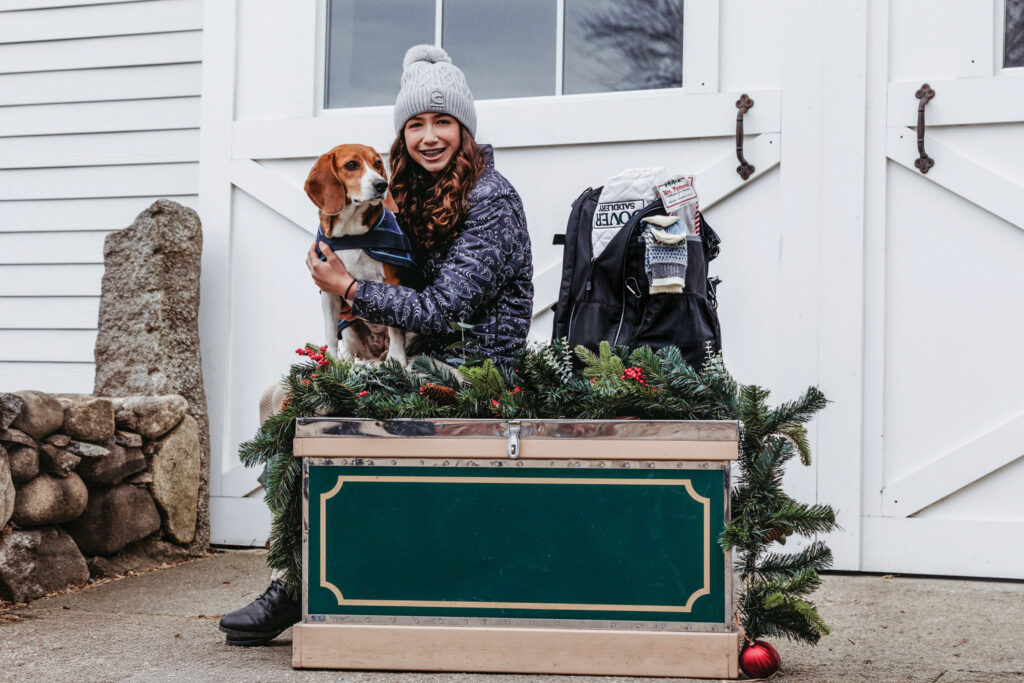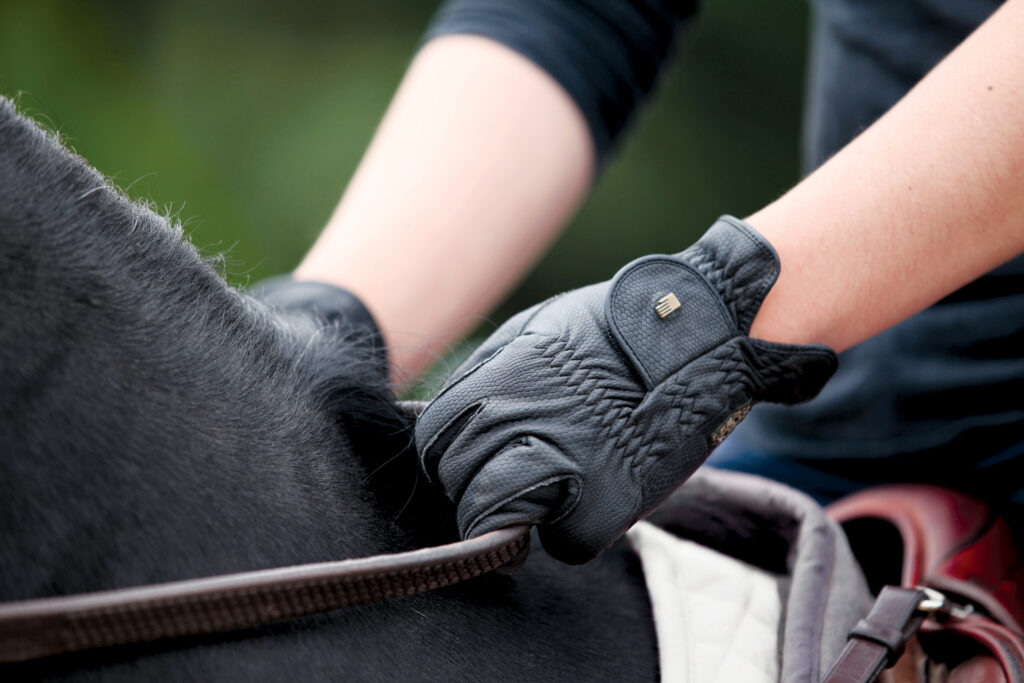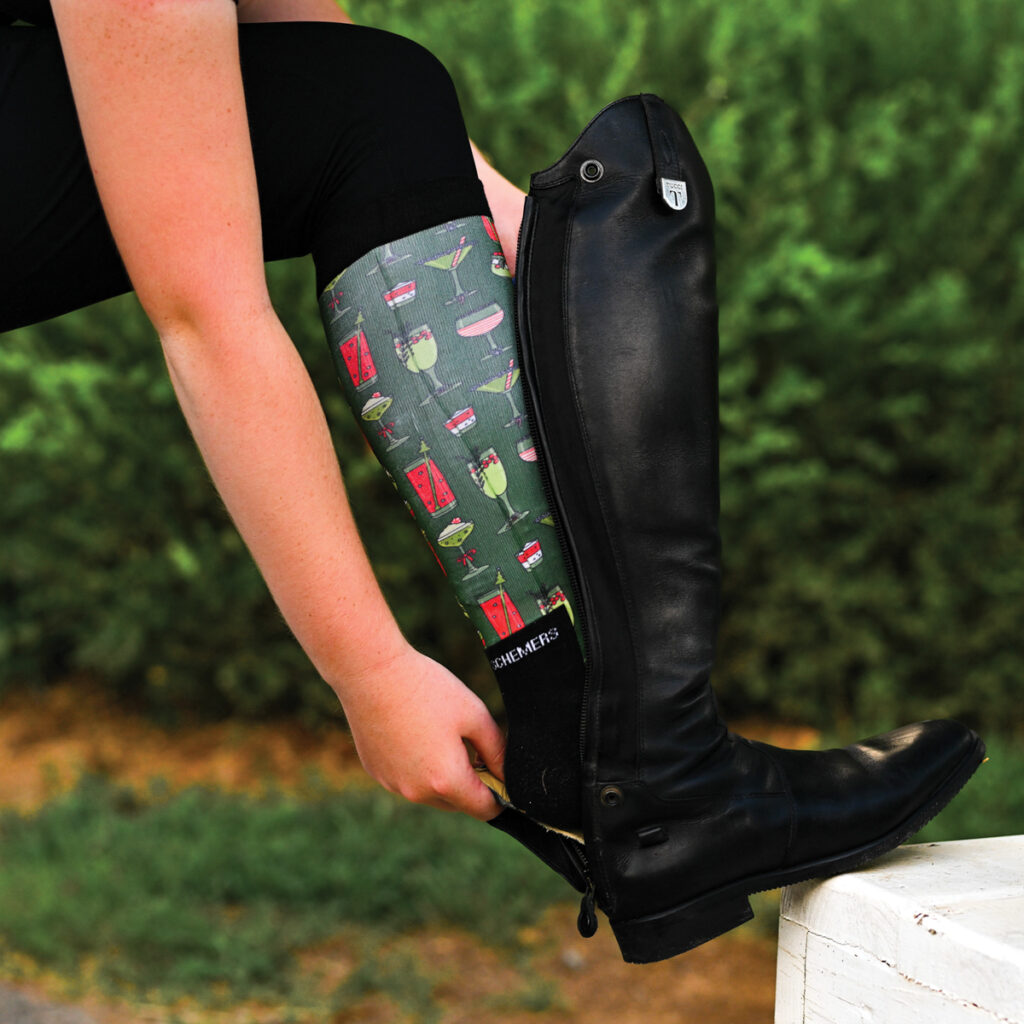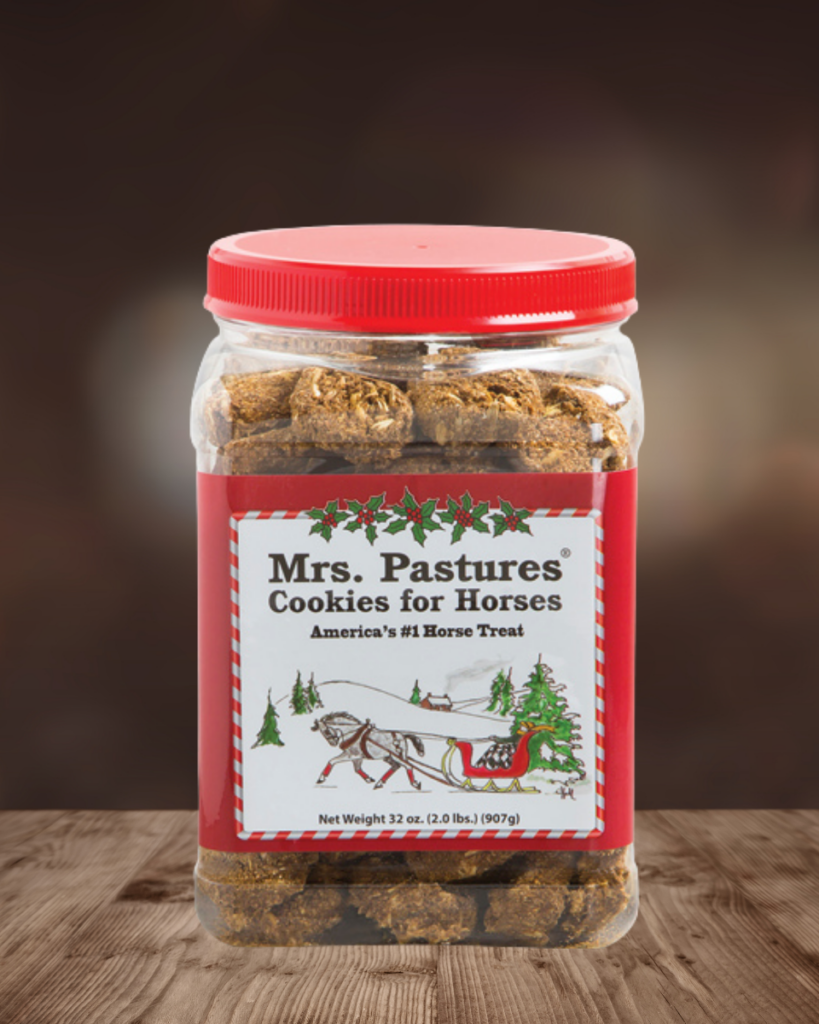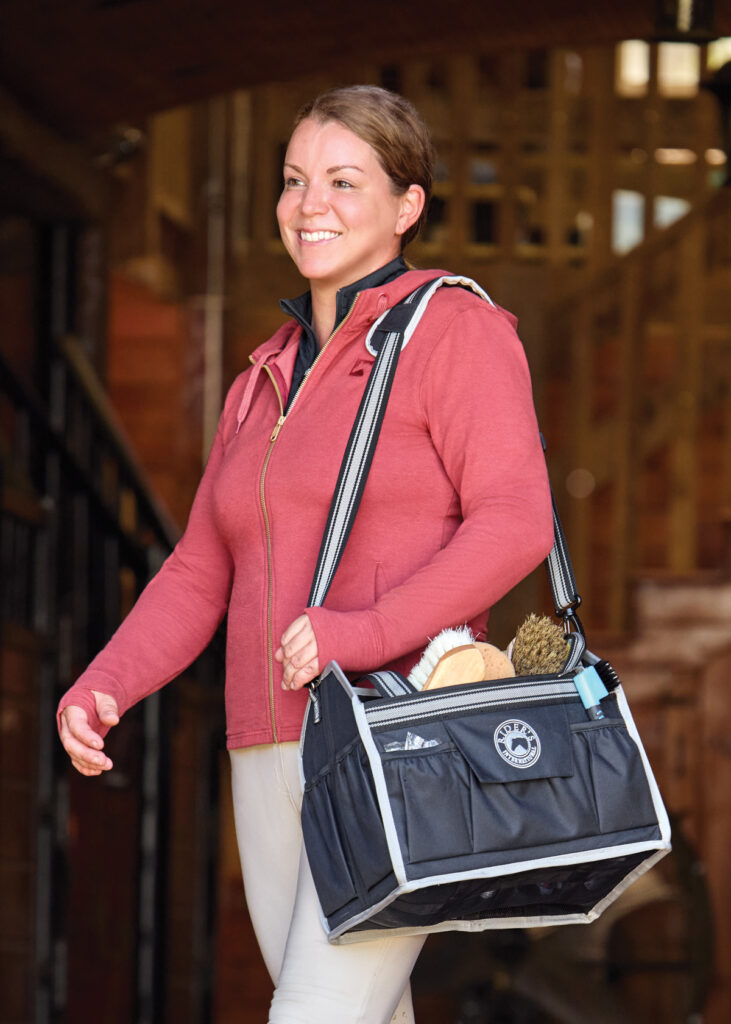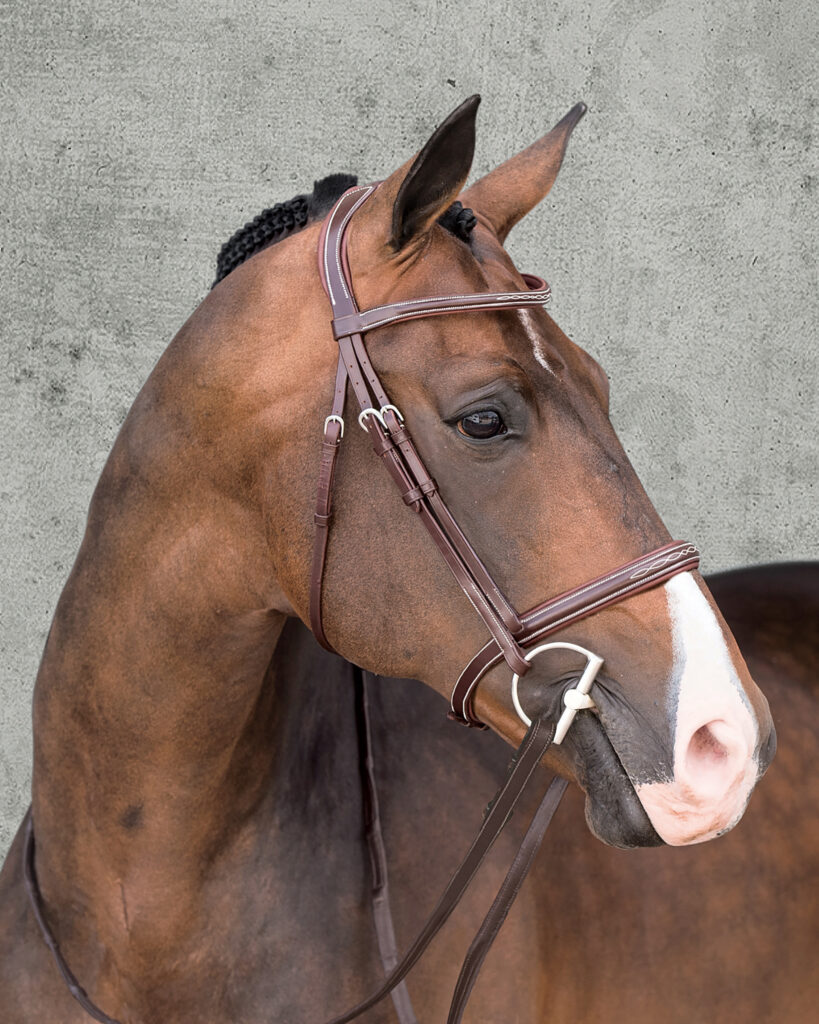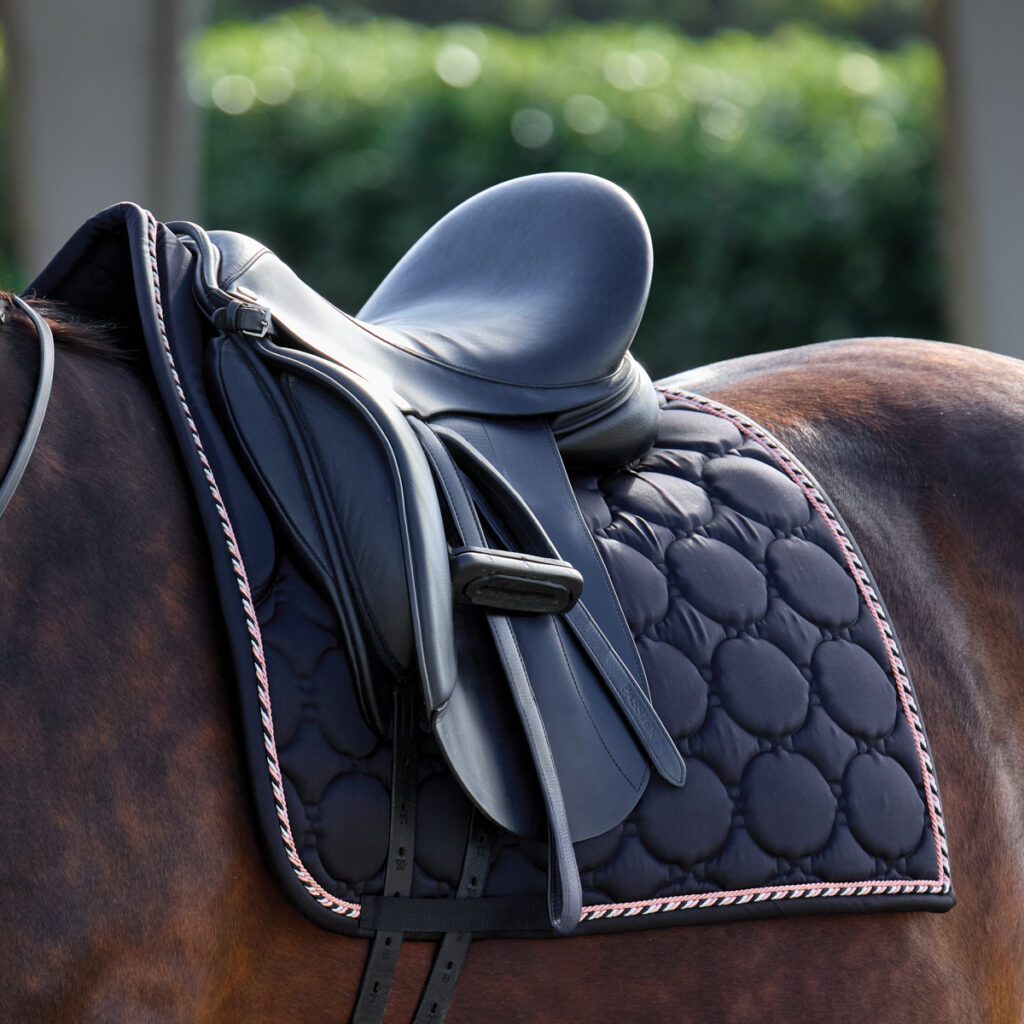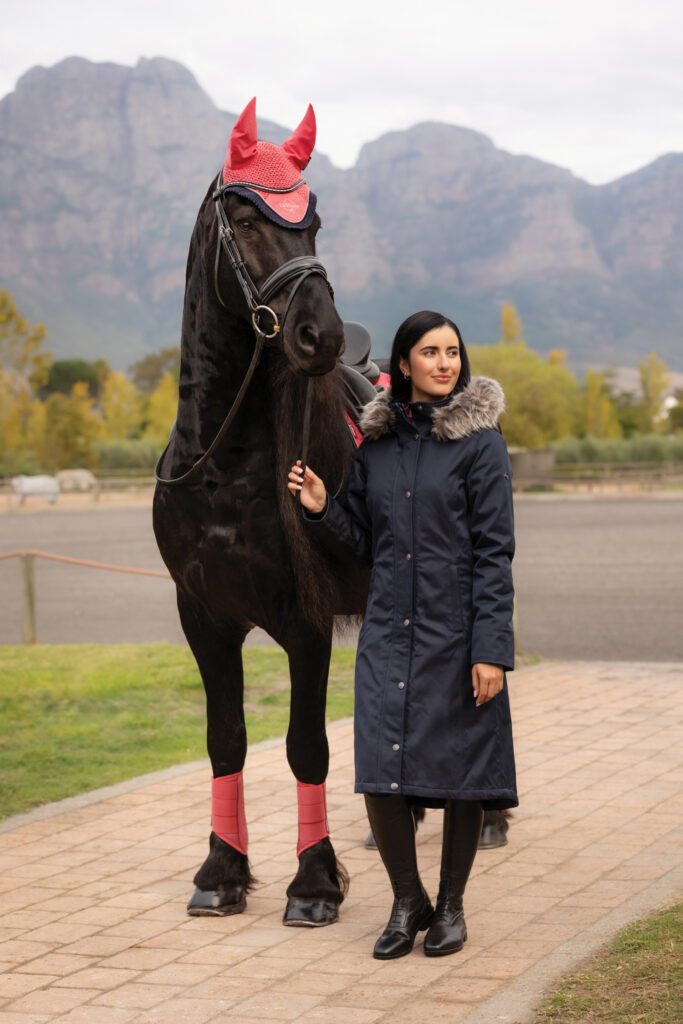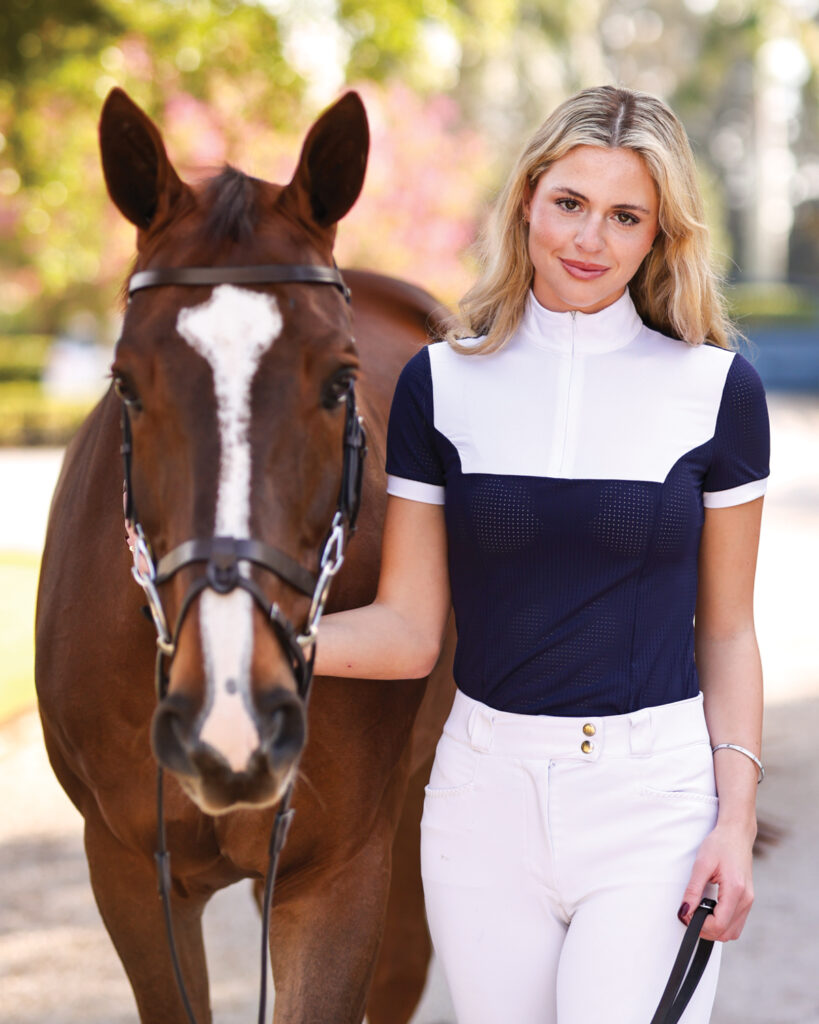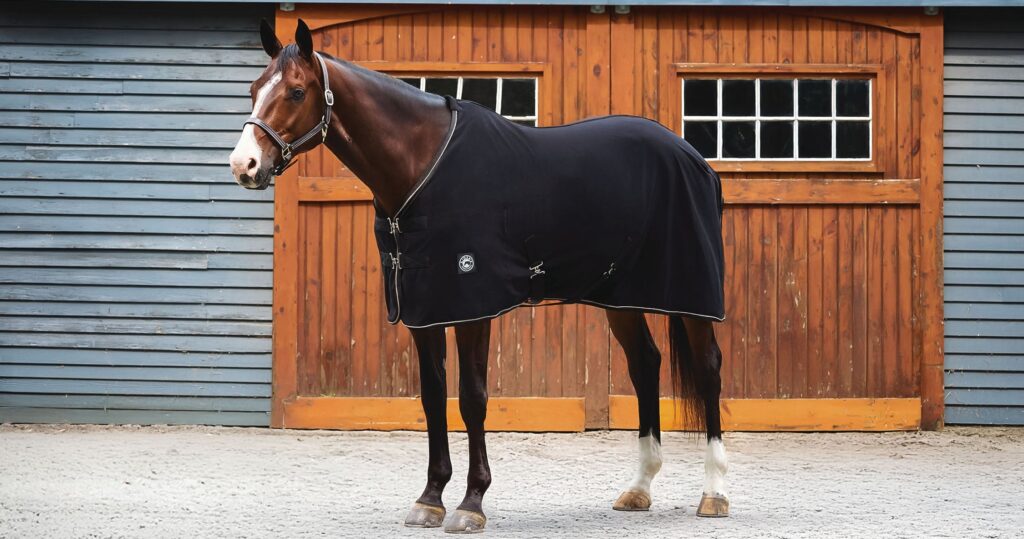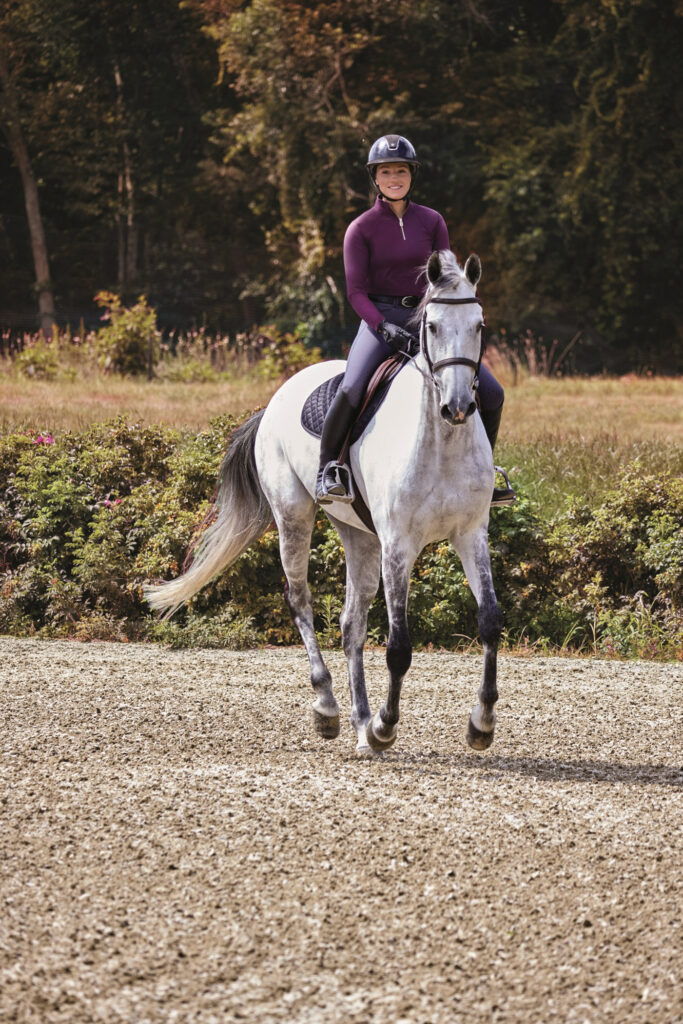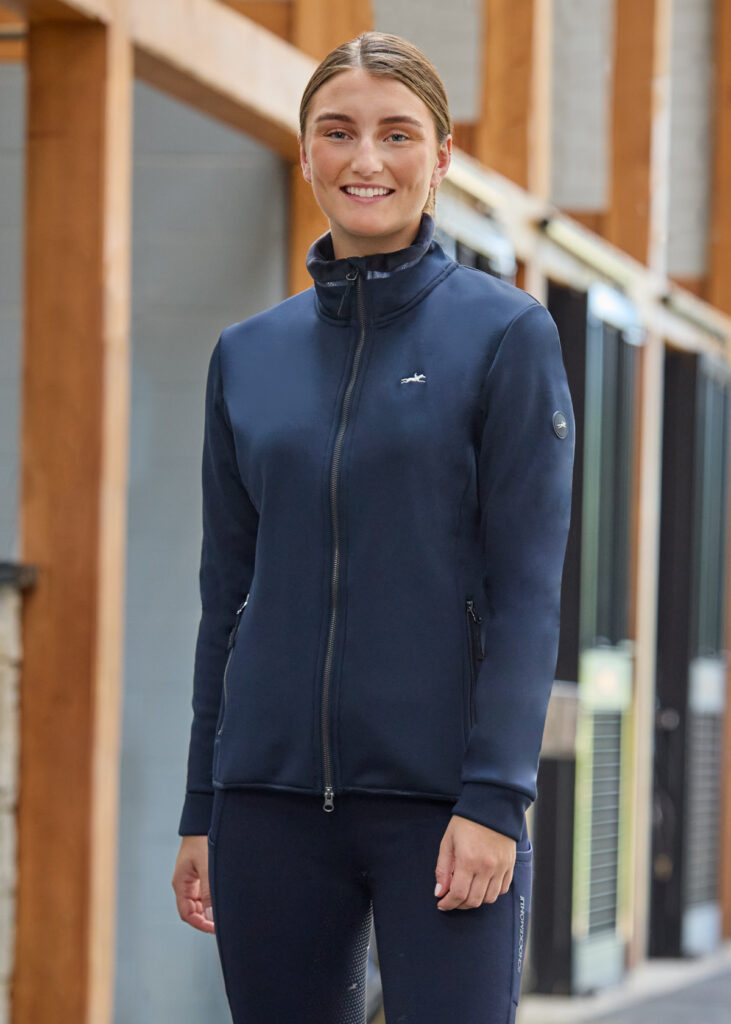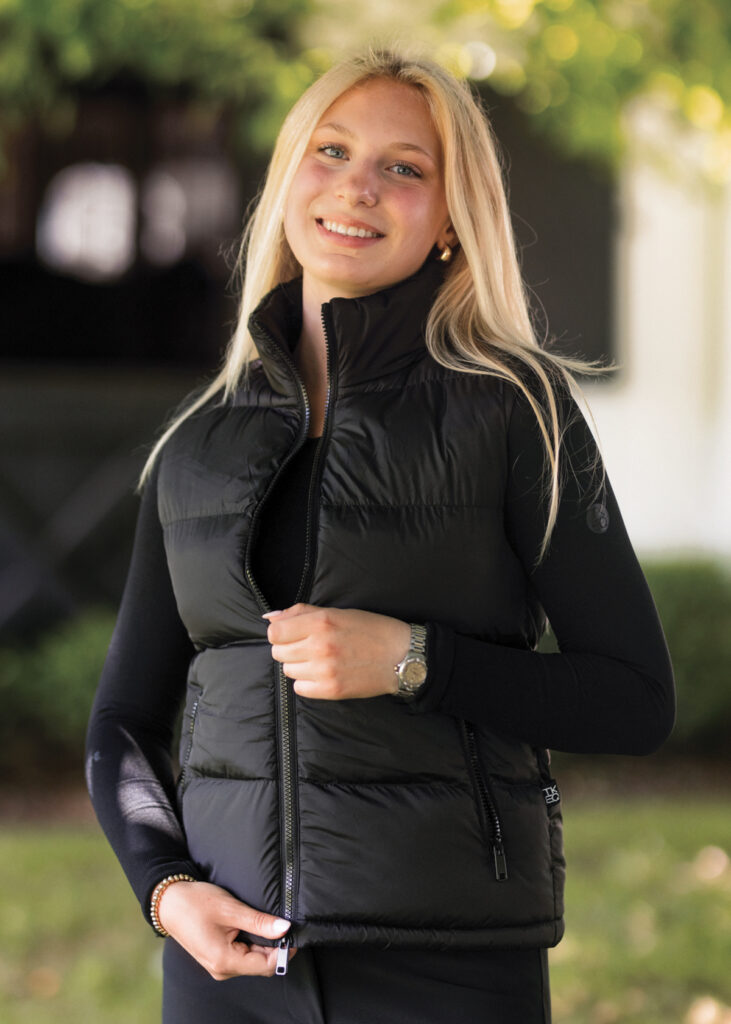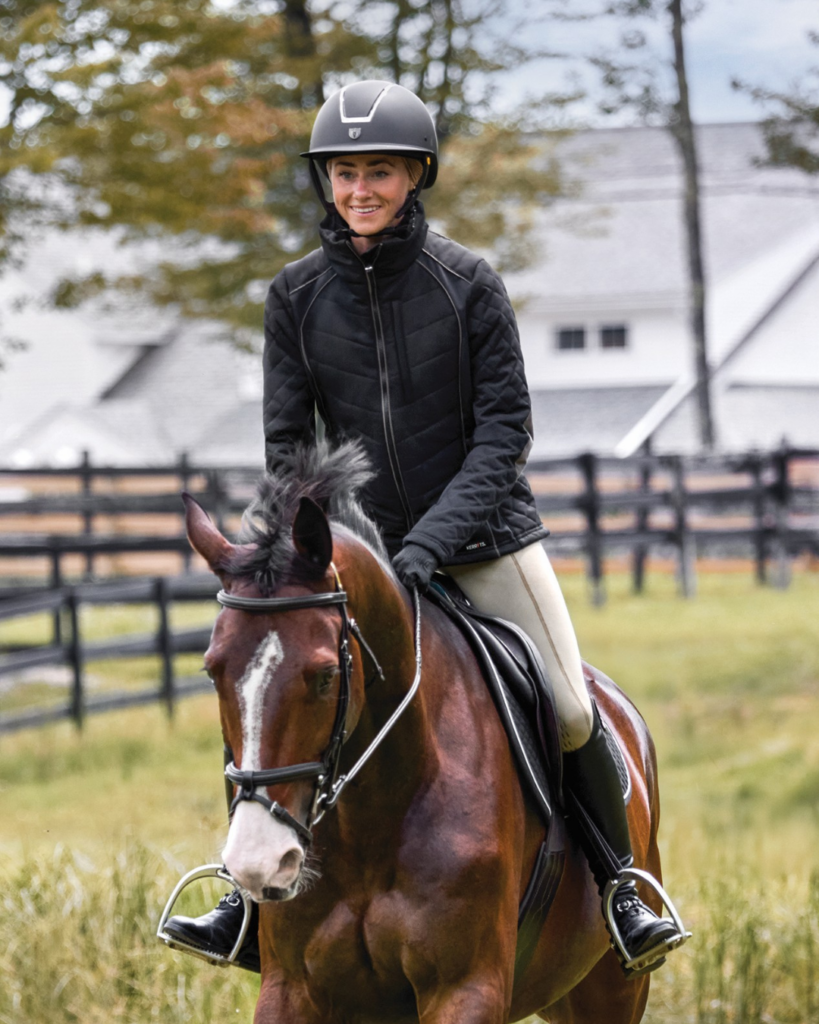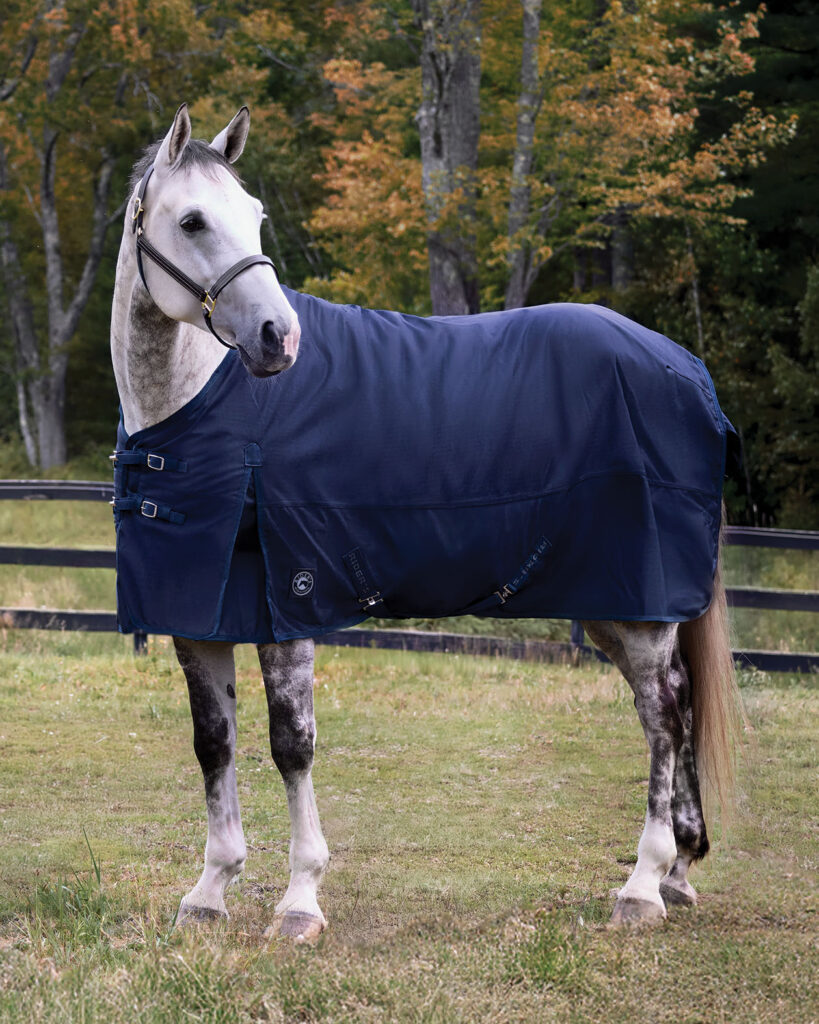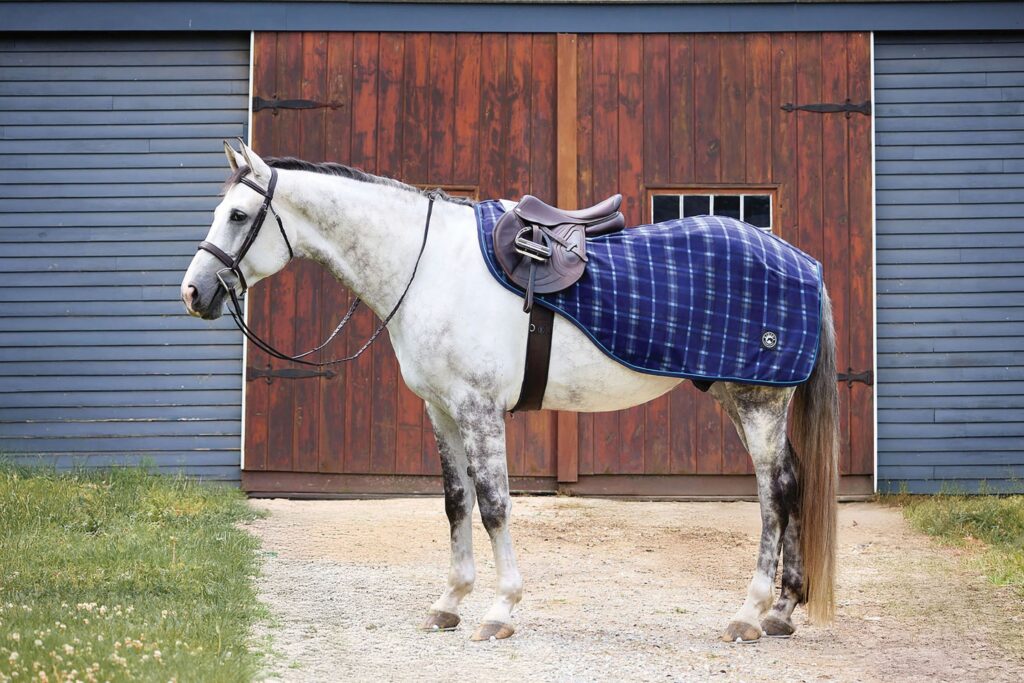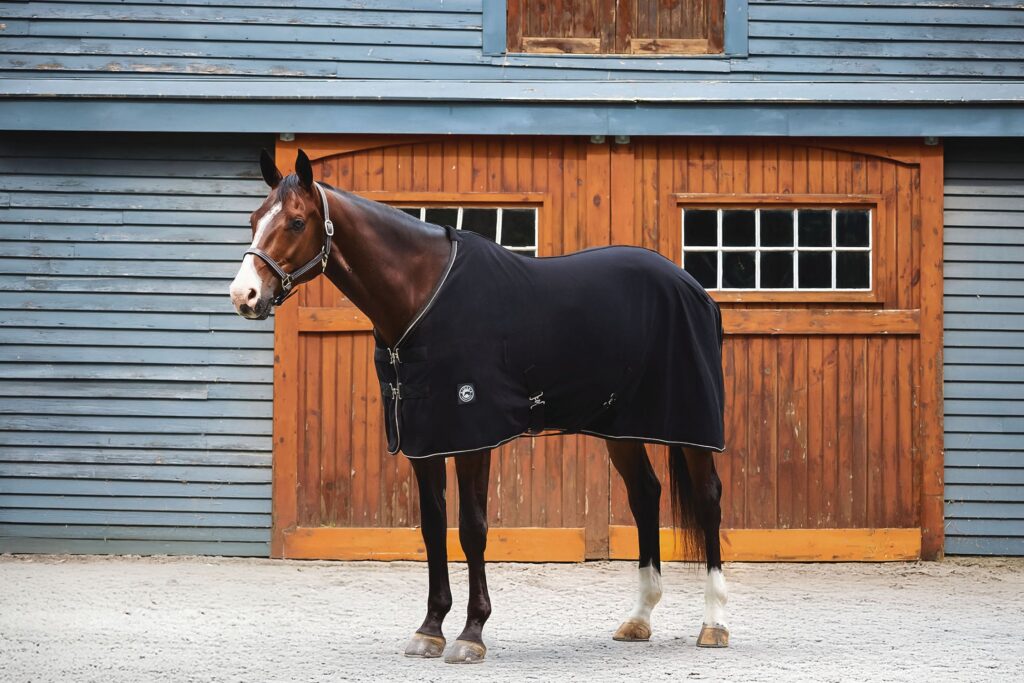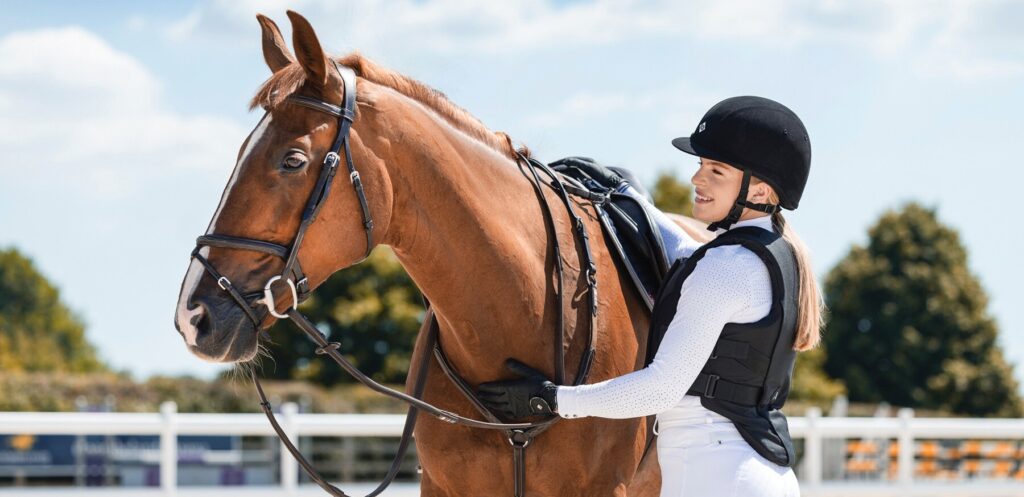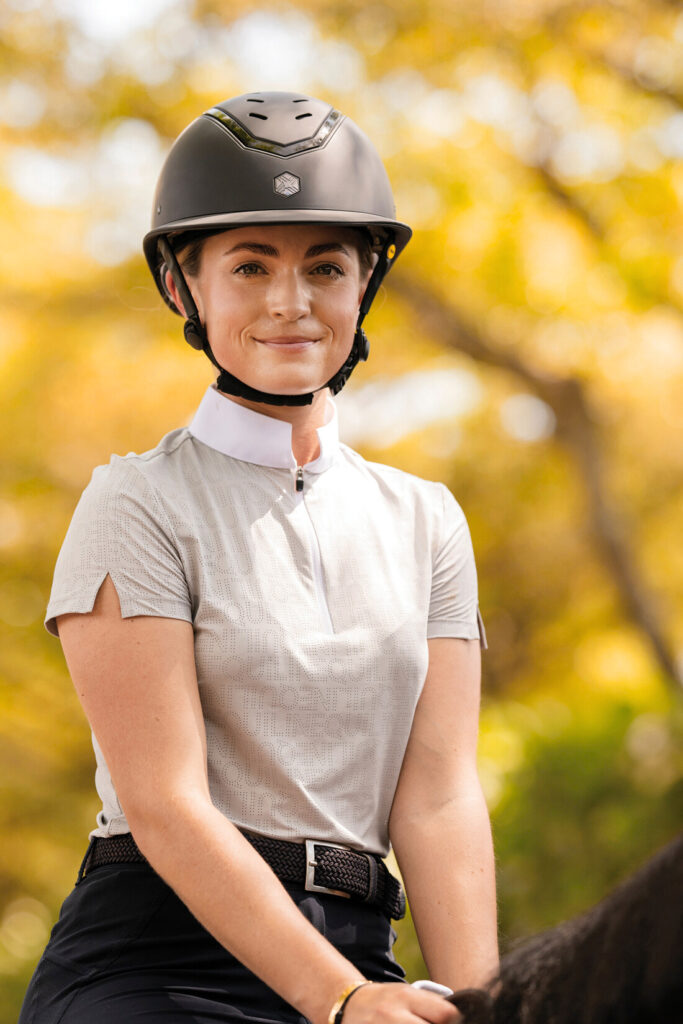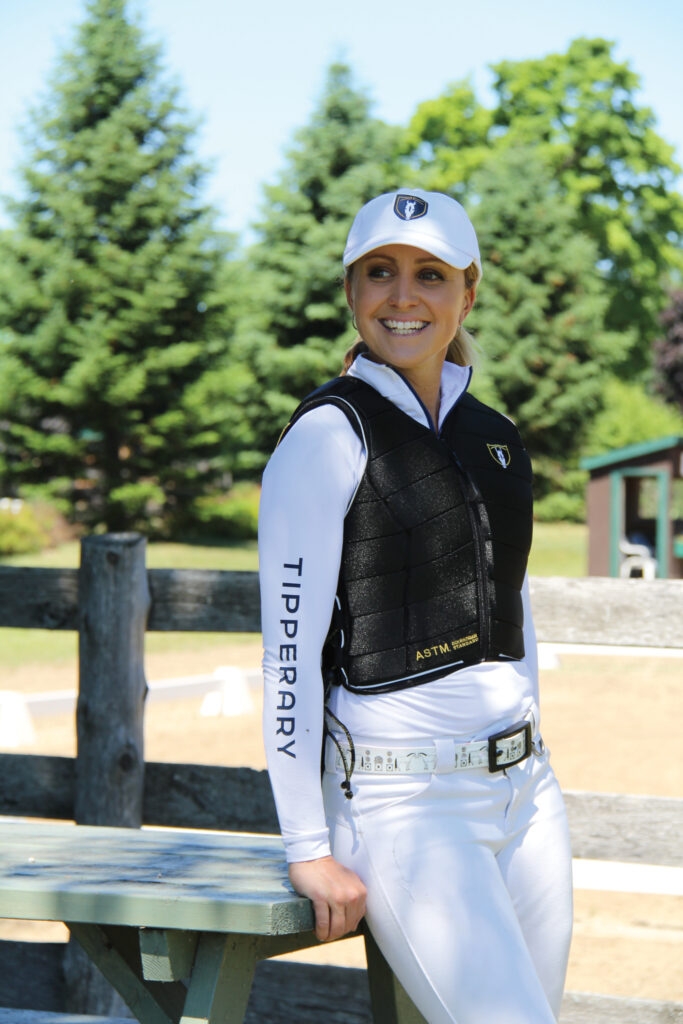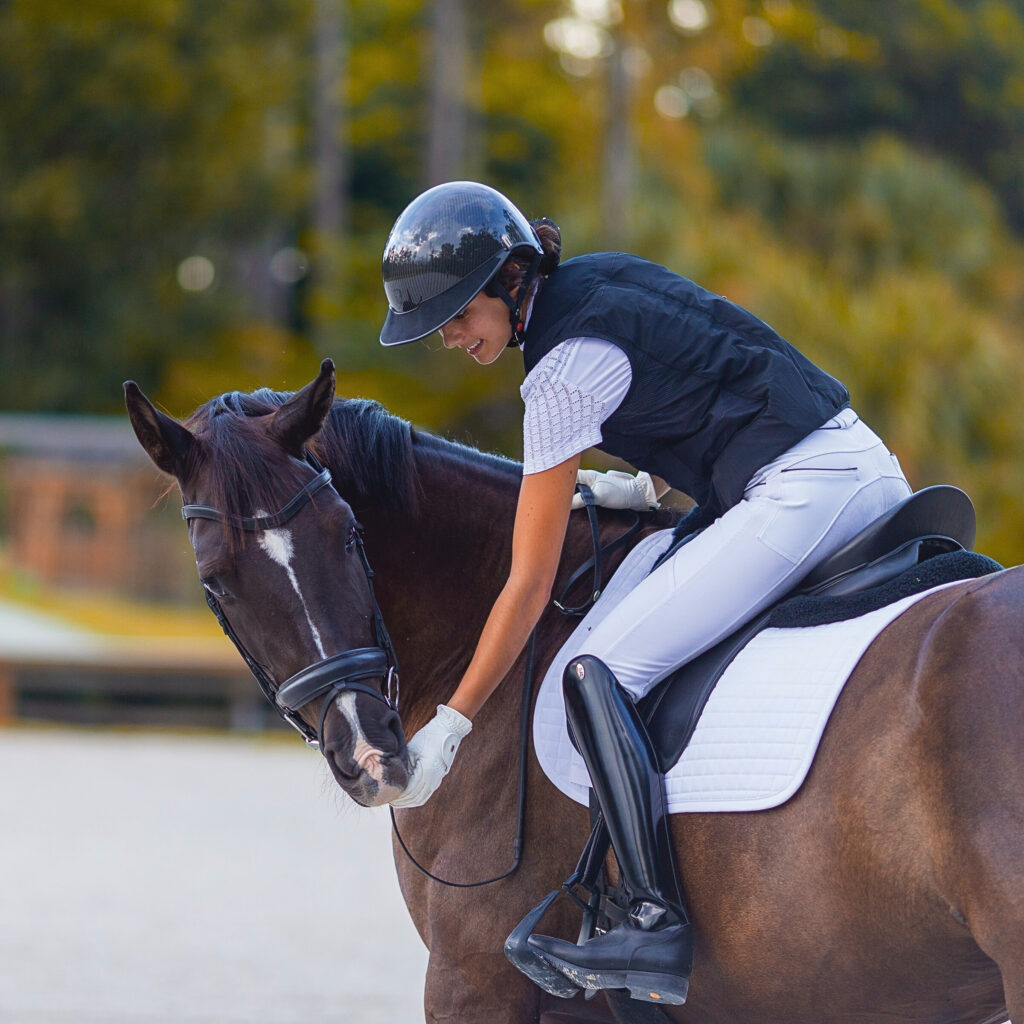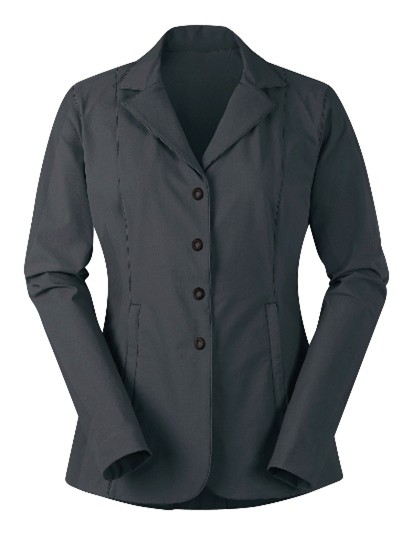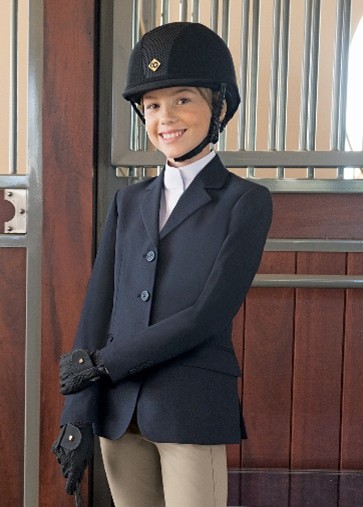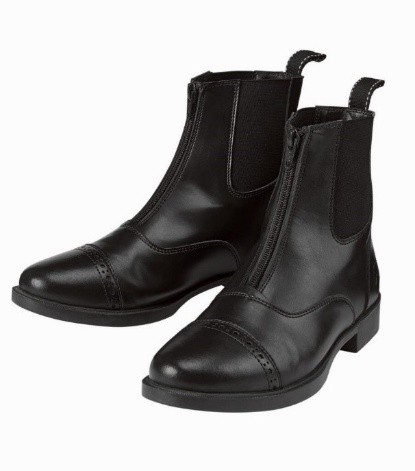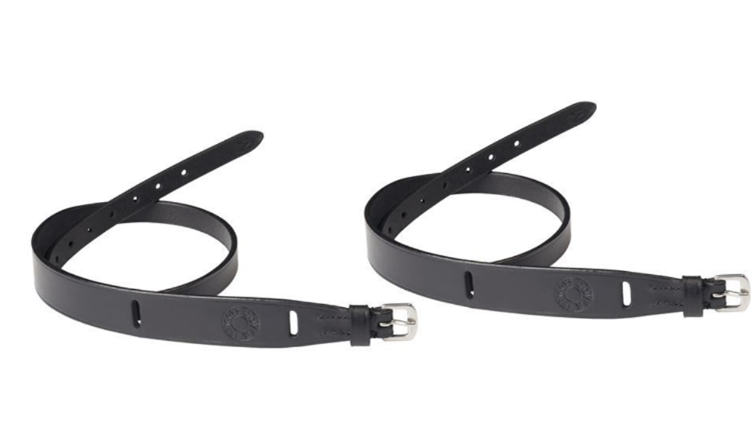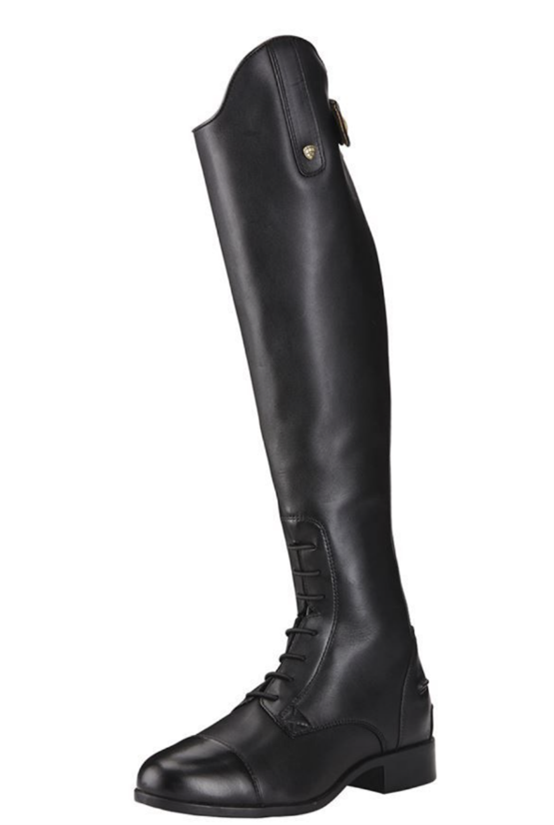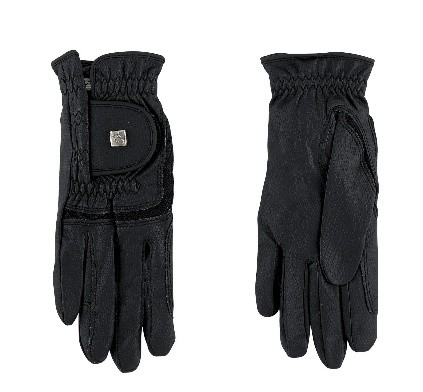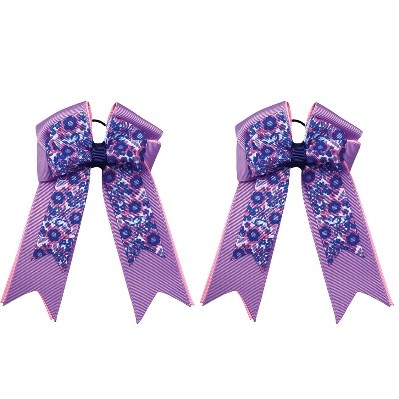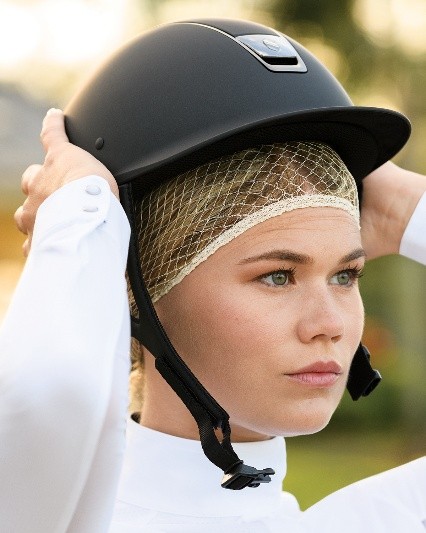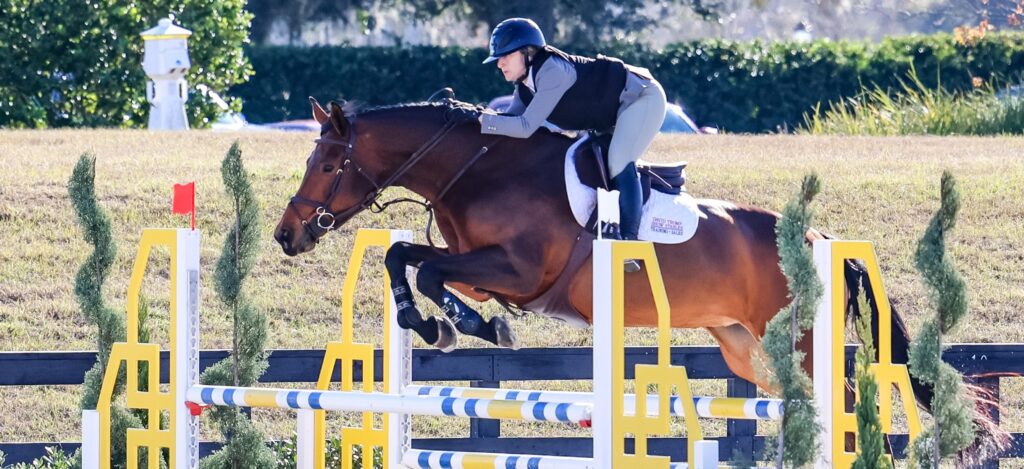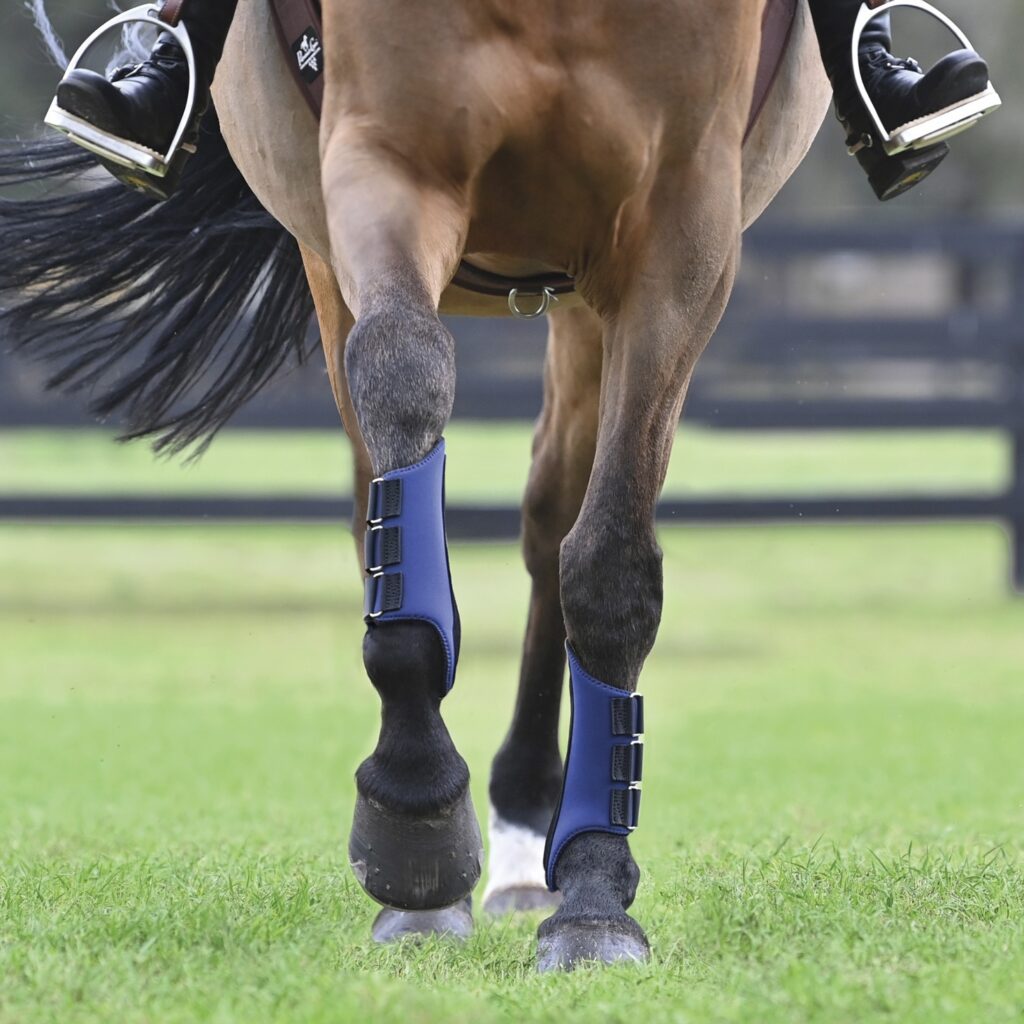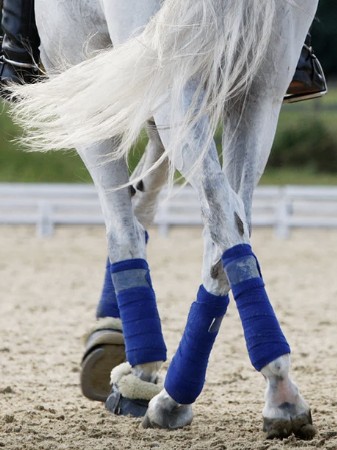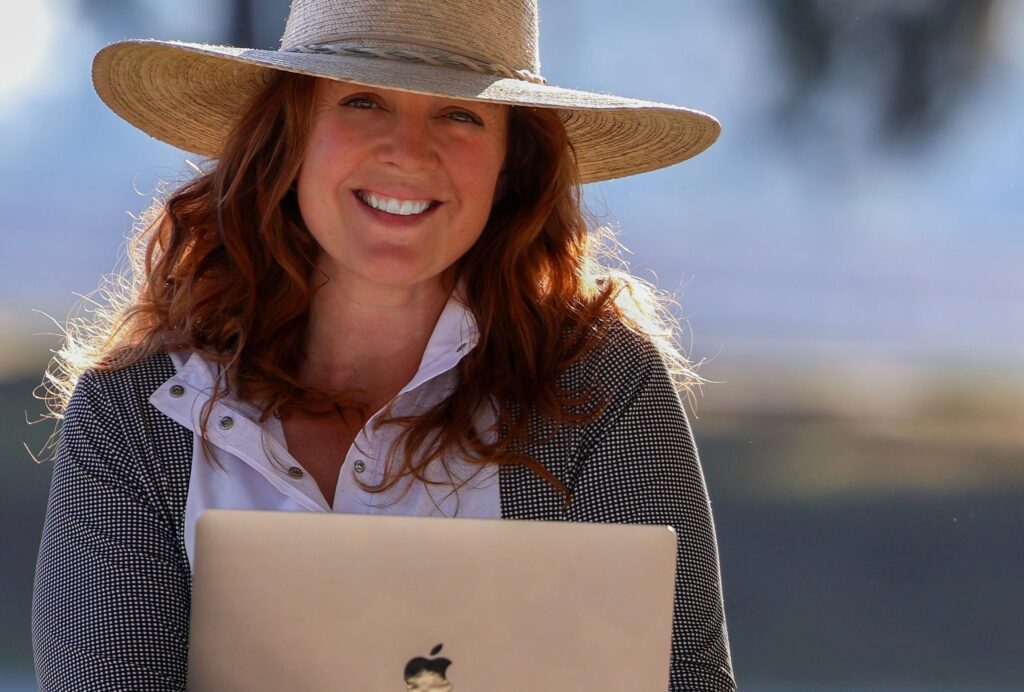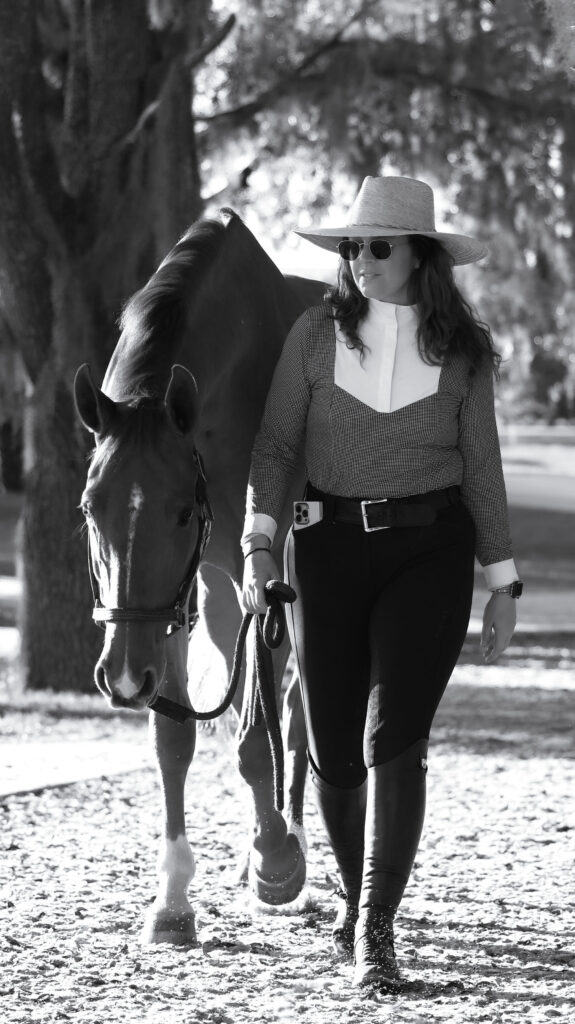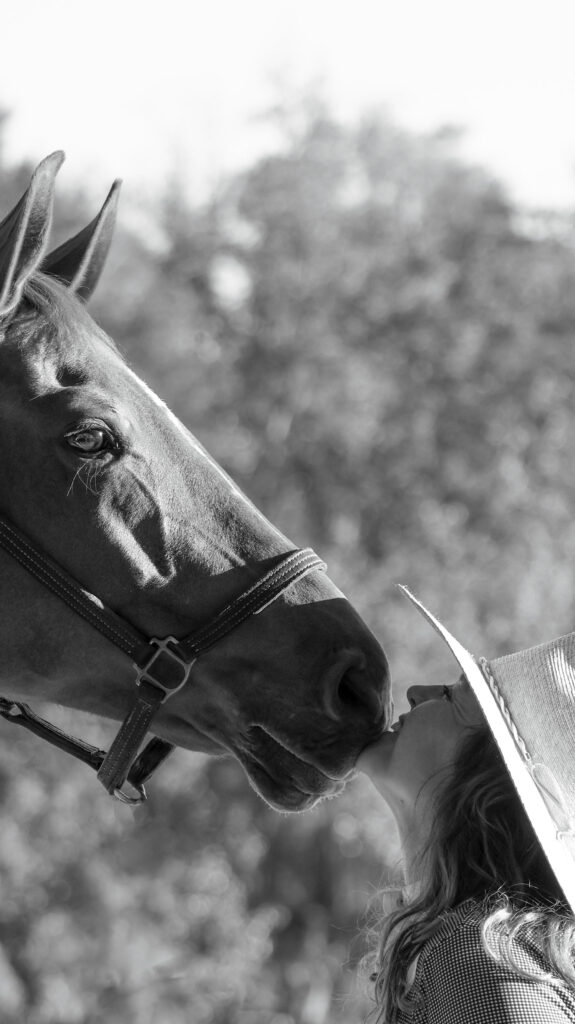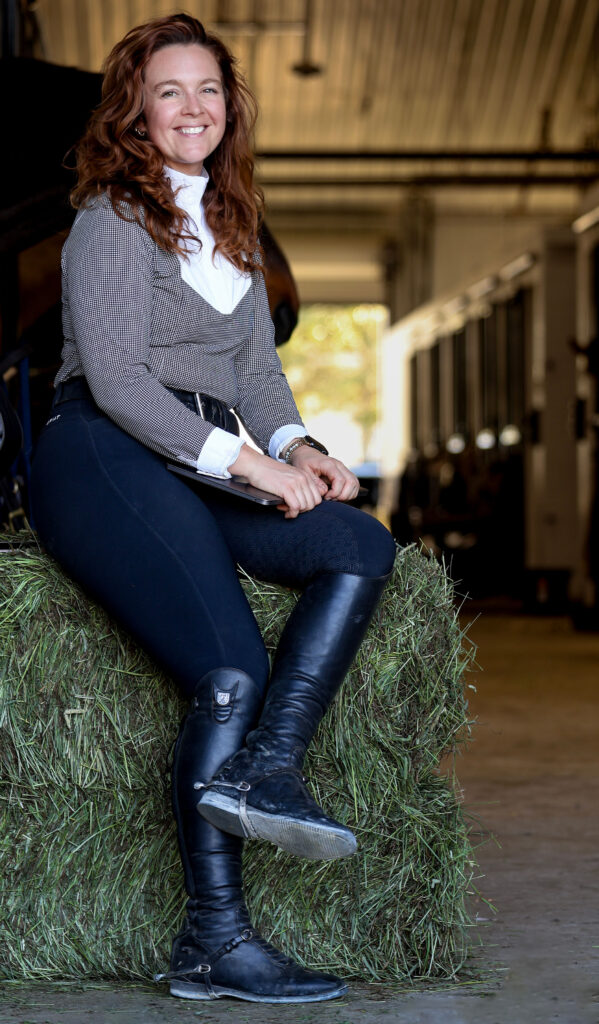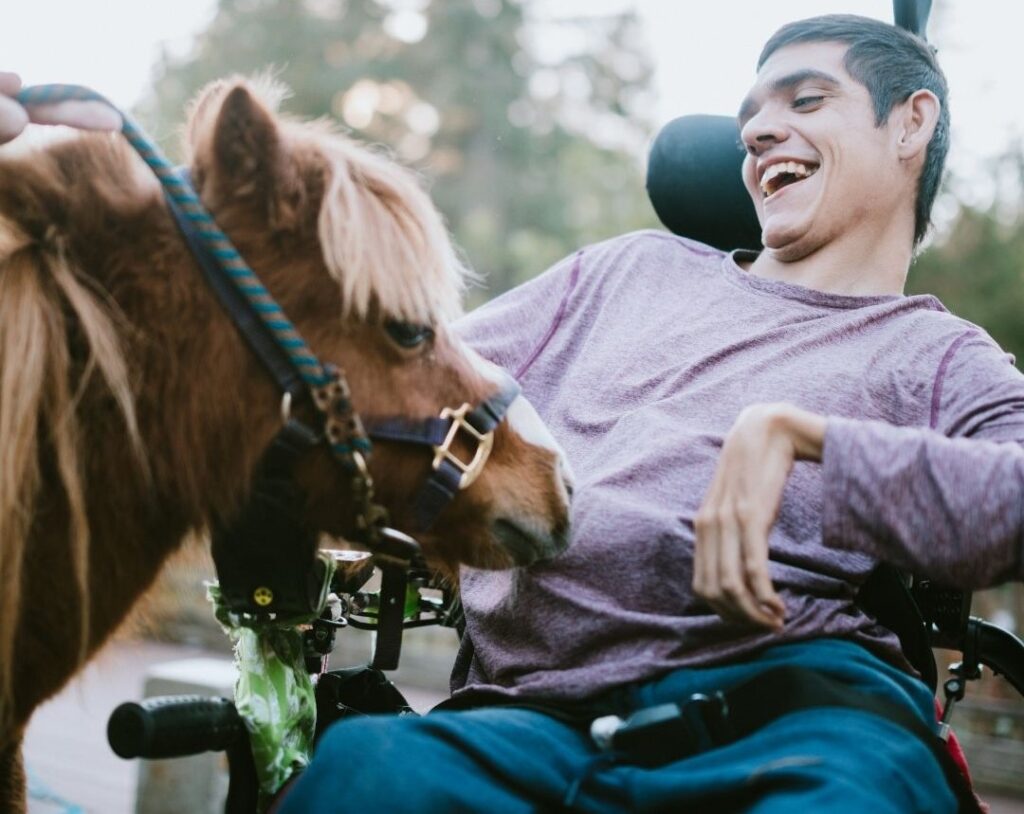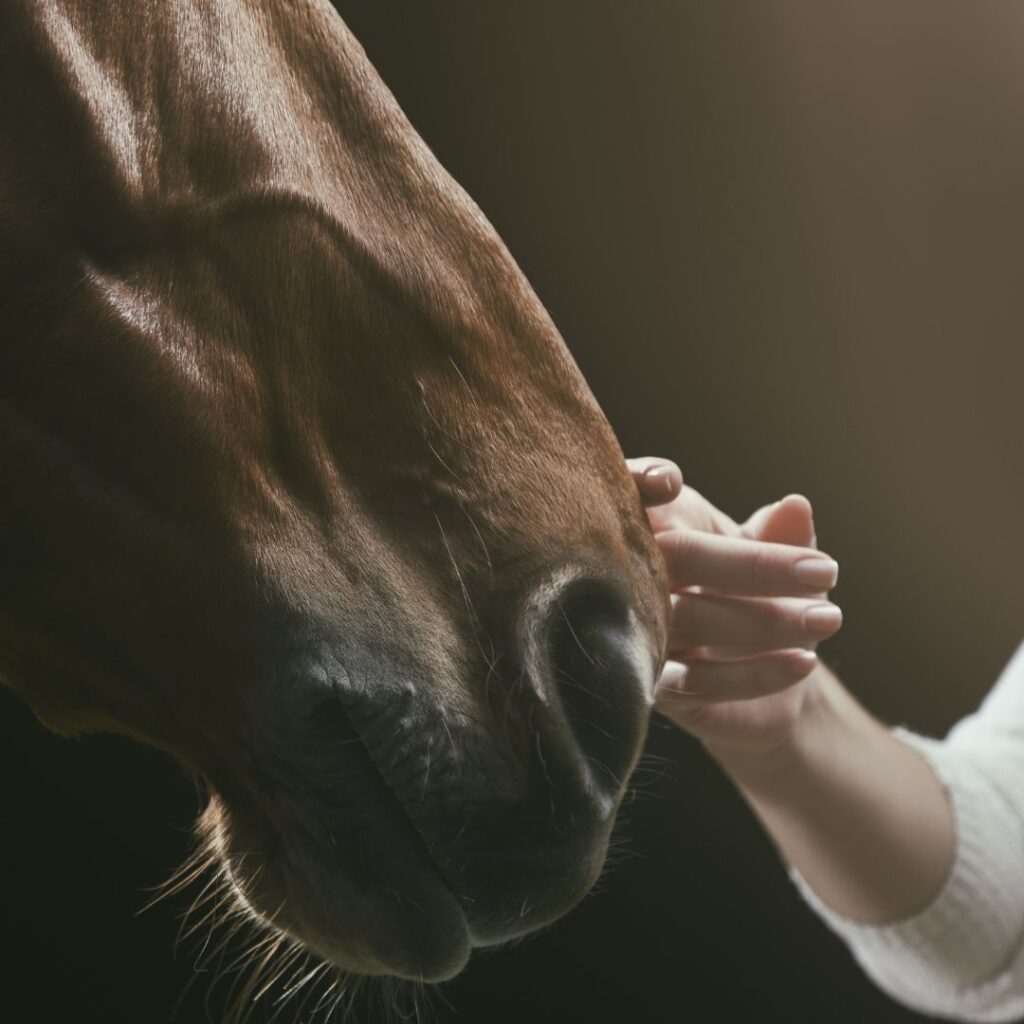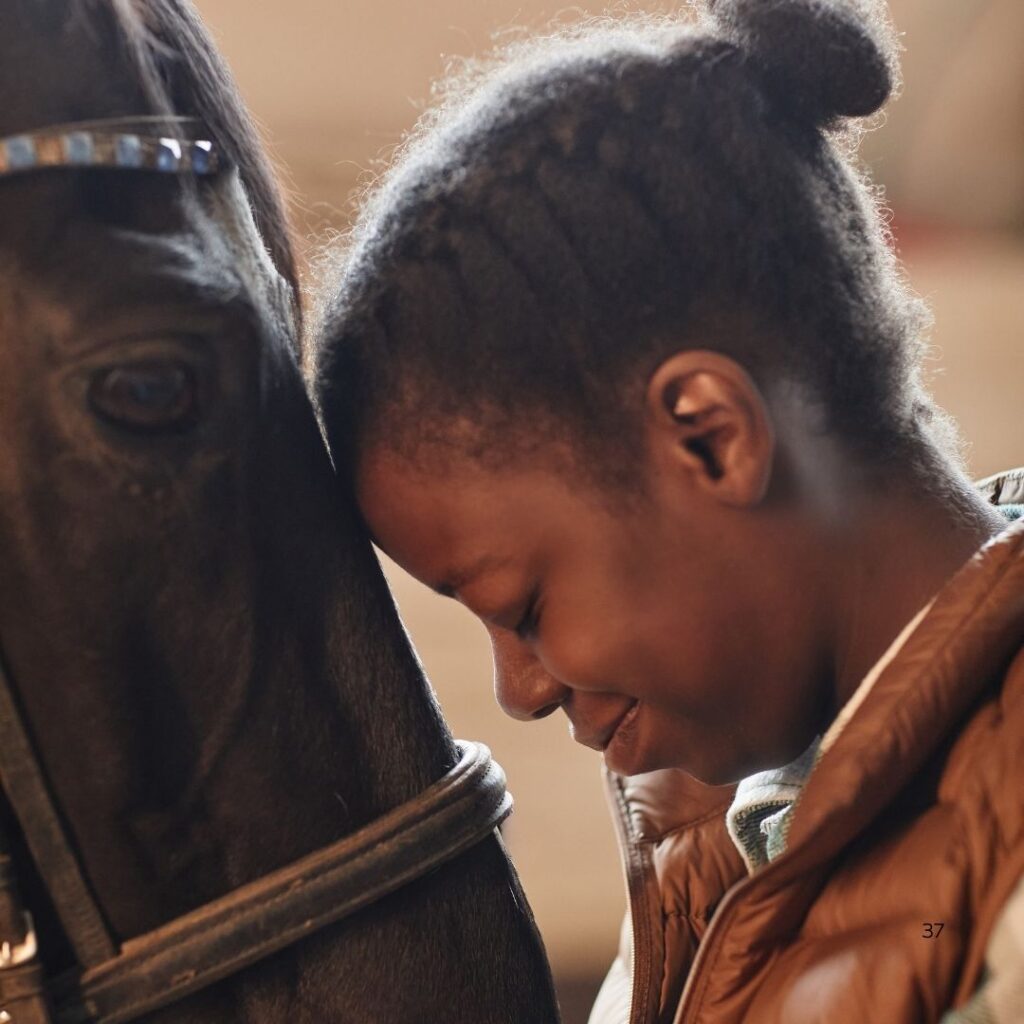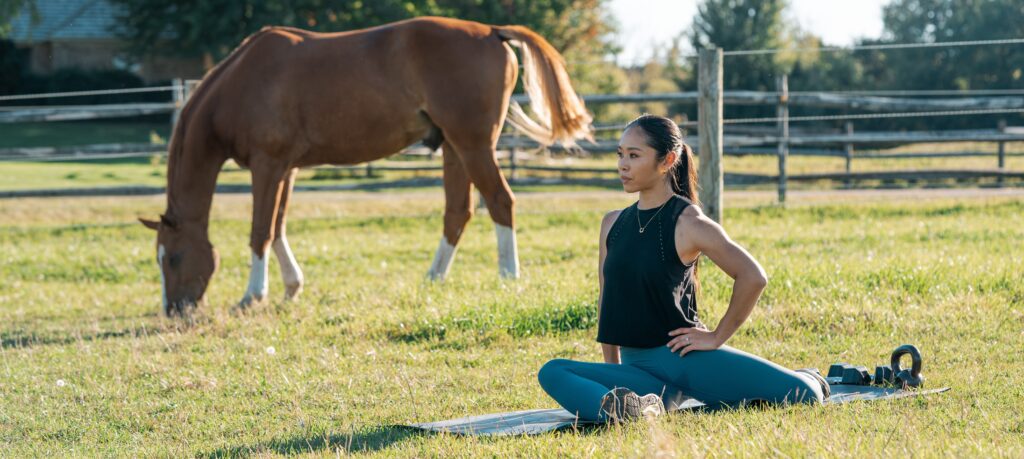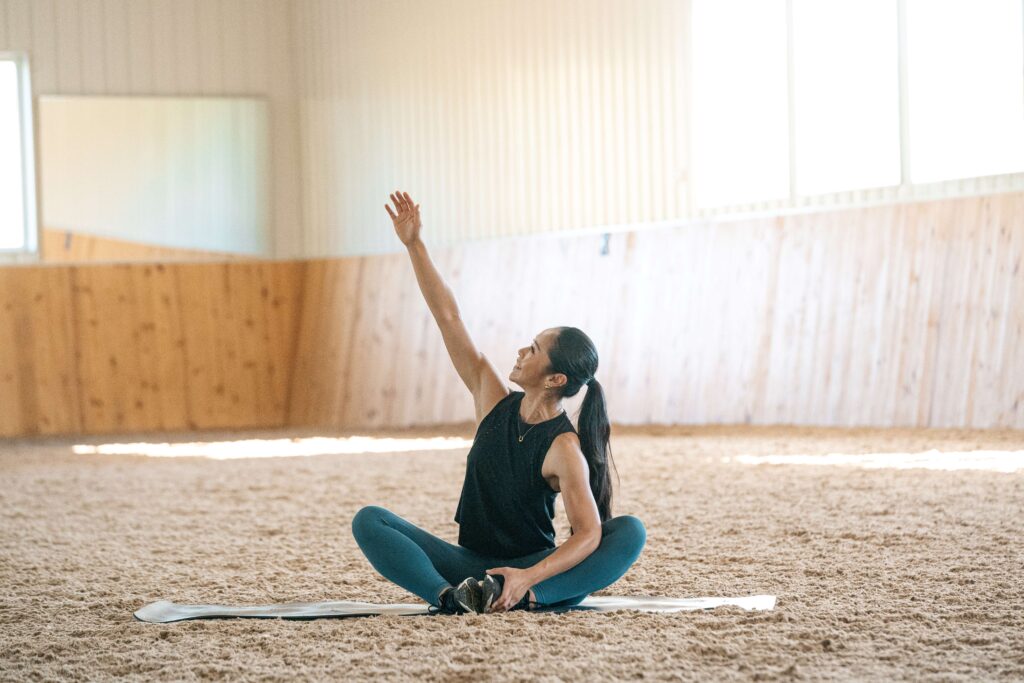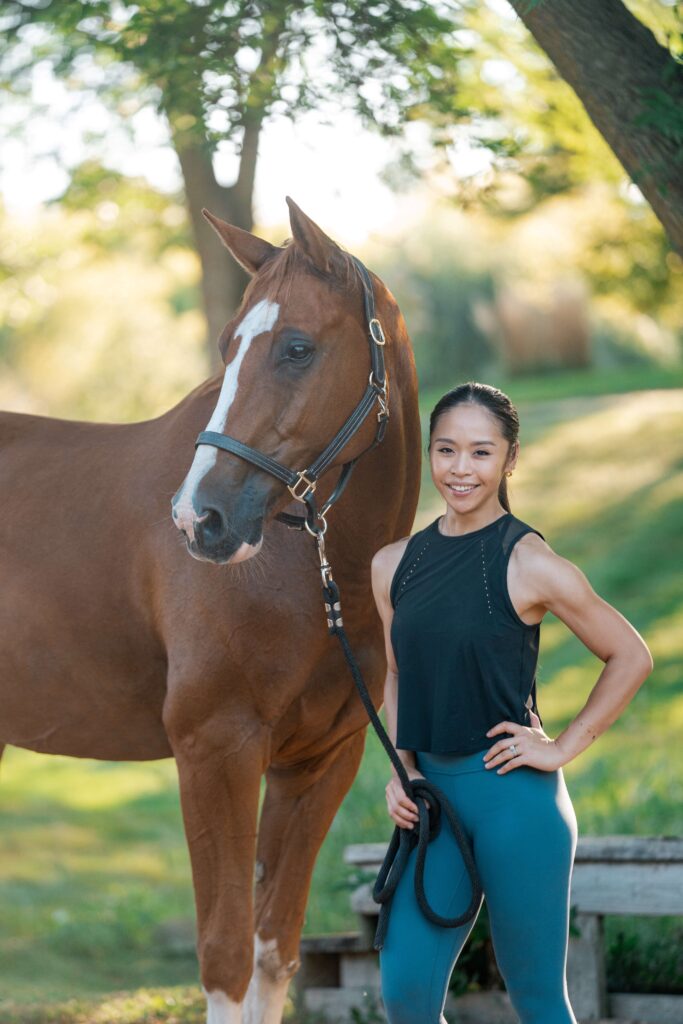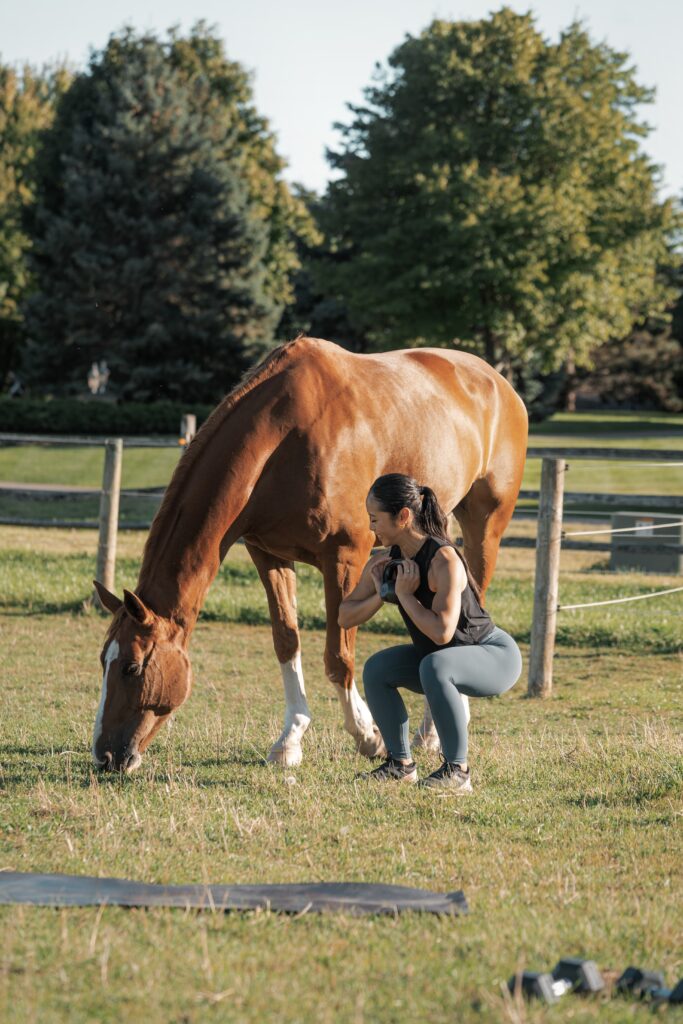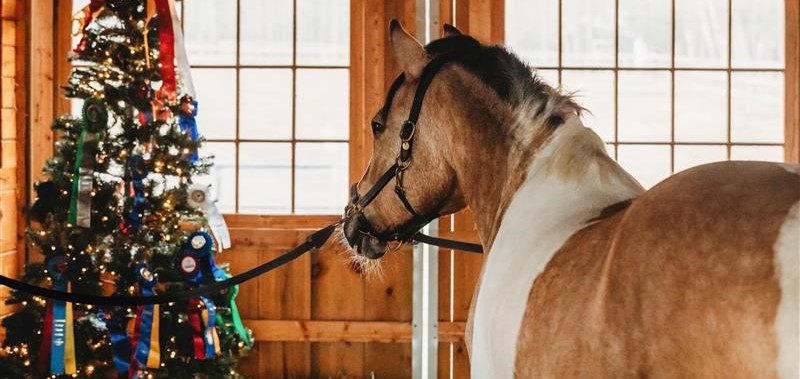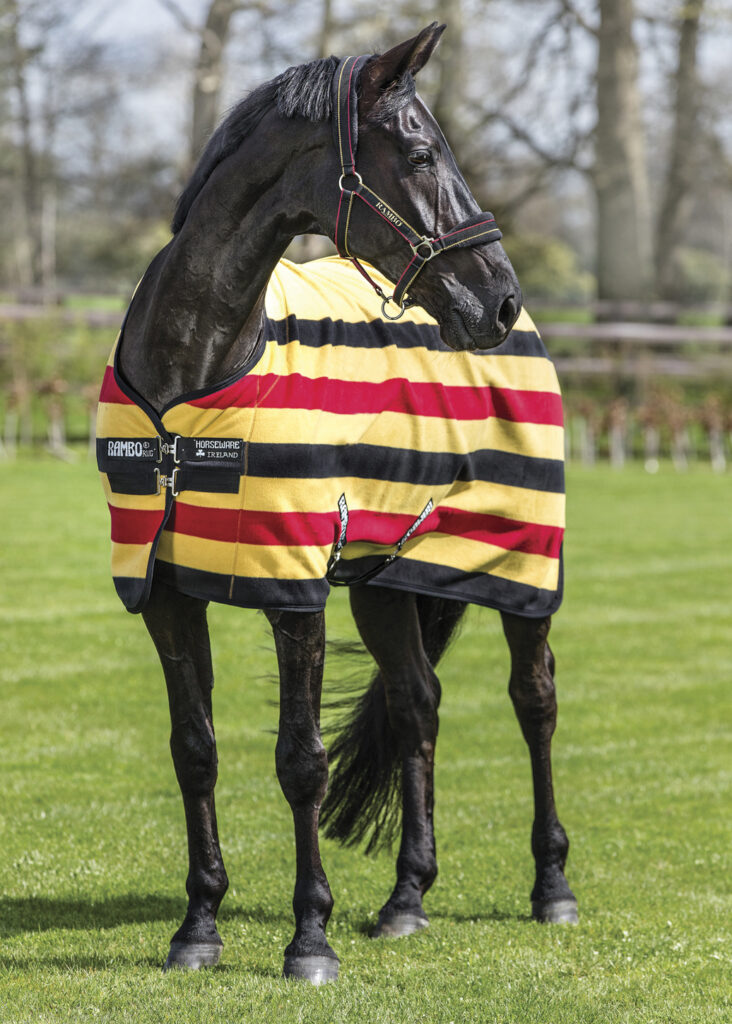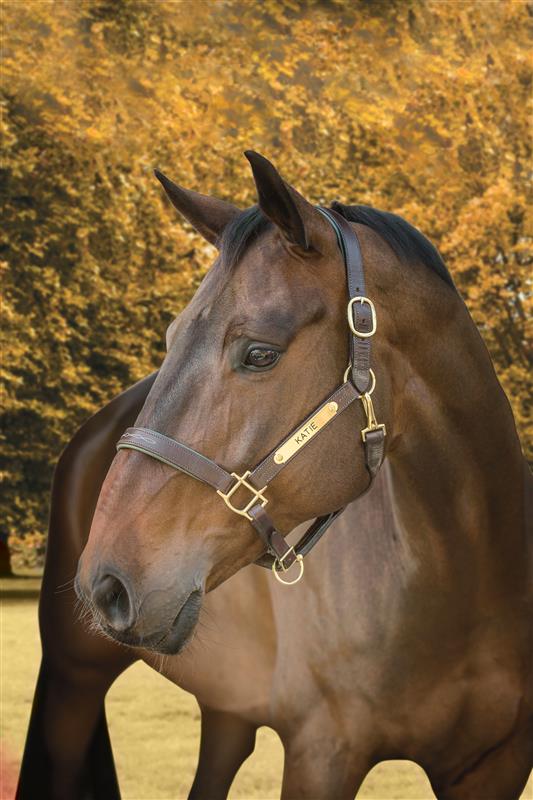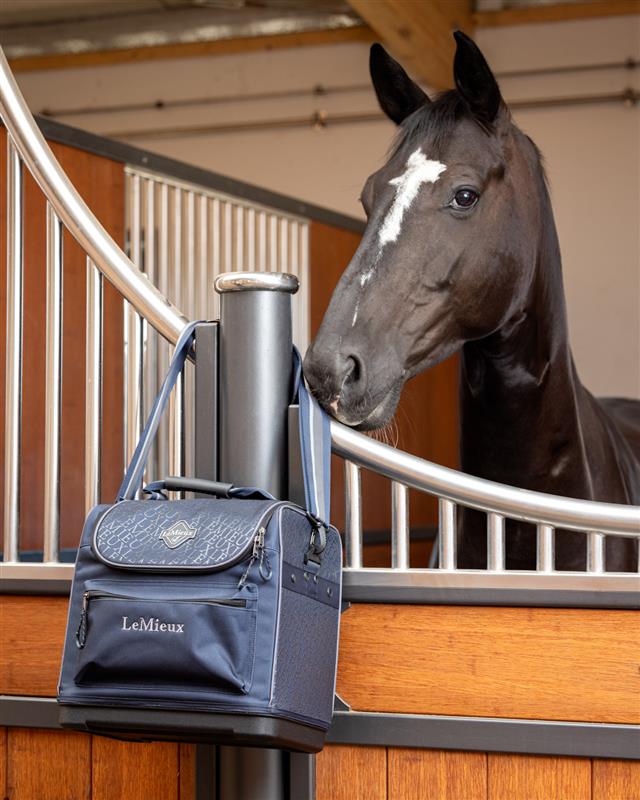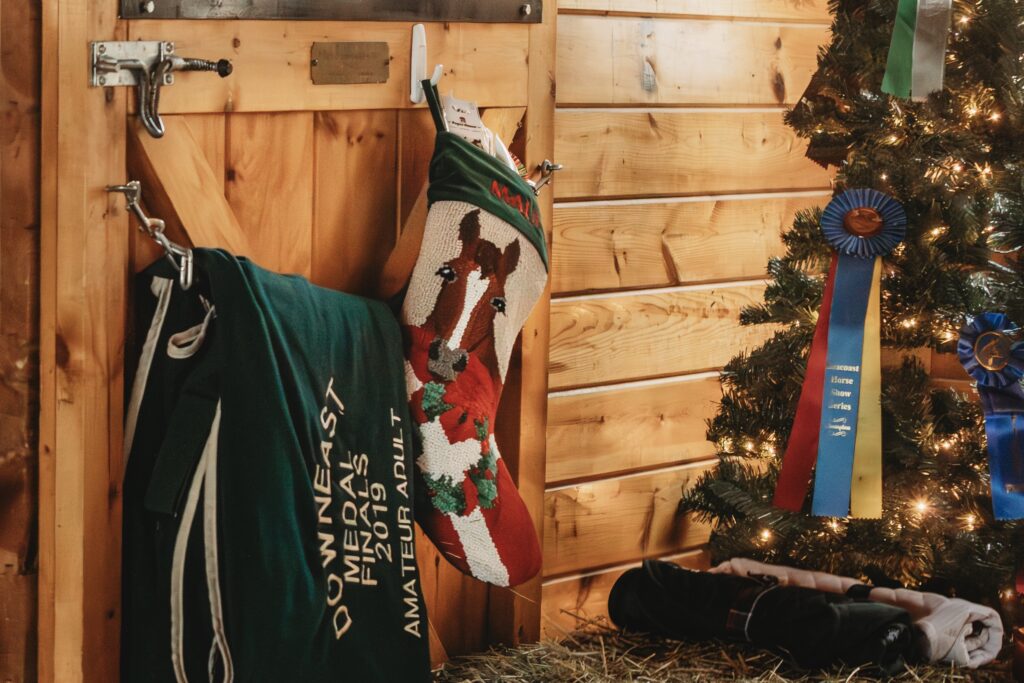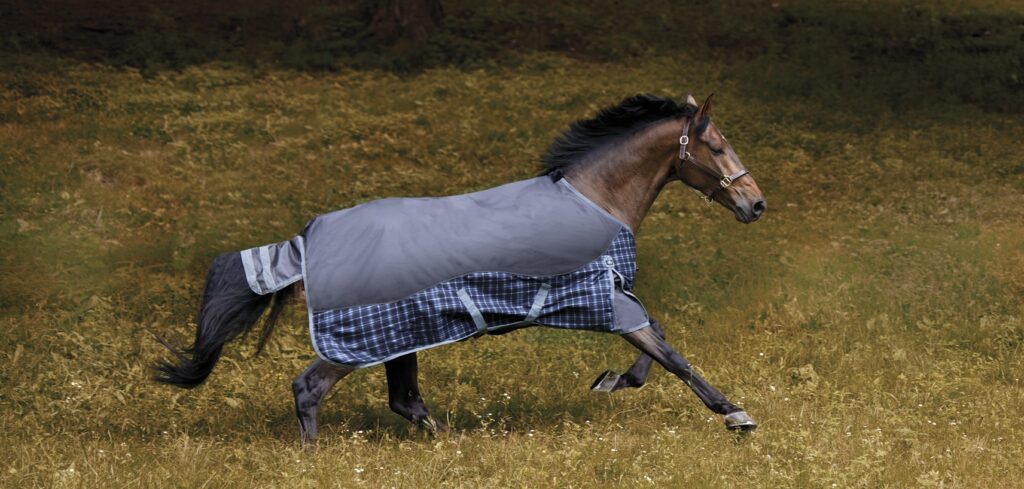As the holidays approach and you’re searching for the perfect gift for the equestrian in your life, look no further—these carefully curated ideas are here to inspire. And don’t worry if you think they already have enough show shirts or saddle pads. Here’s the secret: equestrians can always use one more. This go-to list is the perfect guide to ensure the rider in your life (and their horse) gets everything they’ve been dreaming of this season!
Stocking Stuffers
Here are some ideas of small but essential equestrian items—these are practical, must-have items and accessories that riders will use every single day. These pieces may seem simple, but they’re incredibly useful, making them perfect stocking stuffers or add-on gifts. From barn essentials to handy horse-care favorites, these are the gifts that make a rider’s daily routine smoother, easier, and a little more enjoyable.
Renowned for their German design and craftsmanship, Roeckl riding gloves are made with a high-performance synthetic material that offers a sleek, professional look and an exceptional feel on the reins. Many styles include touchscreen-compatible fingertips, making it easy to use your phone without removing your gloves. Slim, stylish, and designed for everyday performance, they often feature textured palms for reliable grip and a clean, adjustable closure. They’re practical, durable, and easy to care for – making them a favorite choice among riders.
2. Riding Socks
When are riding socks ever a bad gift idea? With endless styles, colors, patterns, and thicknesses to choose from, there’s truly a pair for every equestrian. Match them to the rider’s personality, or even their horse’s – and you’ve got a gift that’s fun, practical, and guaranteed to be used regularly. Riding socks also make the perfect stocking stuffer: affordable, functional, and always appreciated.
3. Horse Treats
When shopping for the equestrian in your life, don’t forget who it’s really all for… their horse! Treats are always a guaranteed hit. If you already know the horse’s favorites, perfect -if not, our team in-store can always help you choose something they’ll love. A long-time favorite in the equestrian world is Mrs. Pastures®, known for their simple ingredients and irresistible crunch. Whether you’re adding them to a gift bag or wrapping them up as a standalone surprise, horse treats are a sweet (and safe!) way to make both rider and horse happy this holiday season.
Gifts for Their Horse
Here are some gifts that are sure to wow both horse and rider. These items go beyond the everyday essentials and add a touch of luxury or sparkle to barn life. Think new bridles or tack upgrades, stylish grooming totes filled with quality supplies, or fun, sparkly accessories that let a horse’s personality shine. These thoughtful gifts are practical, beautiful, and exciting – perfect for making a lasting impression this holiday season.
Grooming supplies are always a hit, and they’re even more exciting when you can mix and match items in a large, stylish tote for maximum wow factor! A well-stocked grooming tote keeps everything organized and makes daily care a breeze. We love the Rider’s International Large Grooming Tote for its practicality and size since it can hold all the essentials and then some.
A thoughtfully curated grooming kit might include a hoof pick, curry brush, hard flick brush, soft brush, mane and tail brush and detangler spray, hoof polish, a green spot remover, and more. These tools help keep a horse’s coat shiny, their skin healthy, and their mane and tail tangle-free. Add a few fun extras, and you’ve got a gift that’s both practical and truly exciting for any rider.
For riders who love to upgrade their tack, a new bridle or other high-quality gear is always a showstopper. A standout option is the Schockemöhle Hunter Bridle, known for its sleek design, durable leather, and elegant finish – perfect for everyday riding or showing. These gifts combine practicality with a touch of luxury and surprise!
If you’re unsure which bridle or tack is the right fit for the rider’s discipline, our in-store and online advisors are always happy to help. With expert guidance, you can choose a gift that’s perfect for their horse and riding style, ensuring both rider and horse are thrilled this holiday season.
3. Sparkly Accessories
Even if the rider you’re shopping for already has a full collection of matching pads and bonnets, the truth is, they can always use one more! A standout gift like the Rider’s International Luxury Saddle Pad adds a touch of elegance and fun to any tack collection. Available in dressage or all-purpose styles, it pairs beautifully with a matching bonnet or polo wraps, making a coordinated set that’s both practical and eye-catching. Sparkly, stylish accessories are the kind of gift that feel special, show attention to detail, and are sure to be used and loved all season long.
Gifts for The Rider – That Will WOW
Has the rider you’re shopping for been eyeing something for themselves but always putting their horse first? These thoughtful gifts are designed to delight, combining practicality, style, and a little touch of indulgence.
1. Outerwear
Has their trusty barn jacket seen better days? Give the gift of a true barn-jacket glow-up! The LeMieux® Anya Waterproof Riding Coat is an excellent upgrade, keeping riders warm, dry, and comfortable during chores, grooming, or hanging out in the barn. From sleek jackets to cozy layers, there are plenty of outerwear options to suit every rider’s style and needs – making it easy to find the perfect fit for the rider on your list.
2. Riding Tops
Every rider can appreciate a stylish, comfortable show shirt or training top. The Equisite Genevieve Show Shirt is a standout option, elegantly designed with a flattering fit, breathable fabric, and just the right amount of stretch for comfort in the saddle. Whether for daily lessons, schooling, or showing, a quality riding top is a practical gift that also adds a touch of style to their equestrian wardrobe.
3. Helmets
Giving the gift of safety never goes out of style. This year, add a little extra sparkle with the Samshield Miss Shield 2.0 Shadow Glossy Helmet, combining top-notch protection with a sleek, polished finish. Beyond that, we carry helmets for every rider regardless of age, discipline, or budget so you can find the perfect fit for anyone on your list. A helmet is not only a practical and thoughtful gift, but one that shows you care about their safety every time they ride.
When it comes to gifts for equestrians, you really can’t go wrong. Whether it’s something special for their horse or a treat just for the rider. Shop online or visit us in-store, and you’re sure to find the perfect items that will make the equestrian in your life smile and enjoy the holiday season to the fullest. From practical essentials to show-stopping surprises, these gifts are guaranteed to bring joy to both horse and rider.


